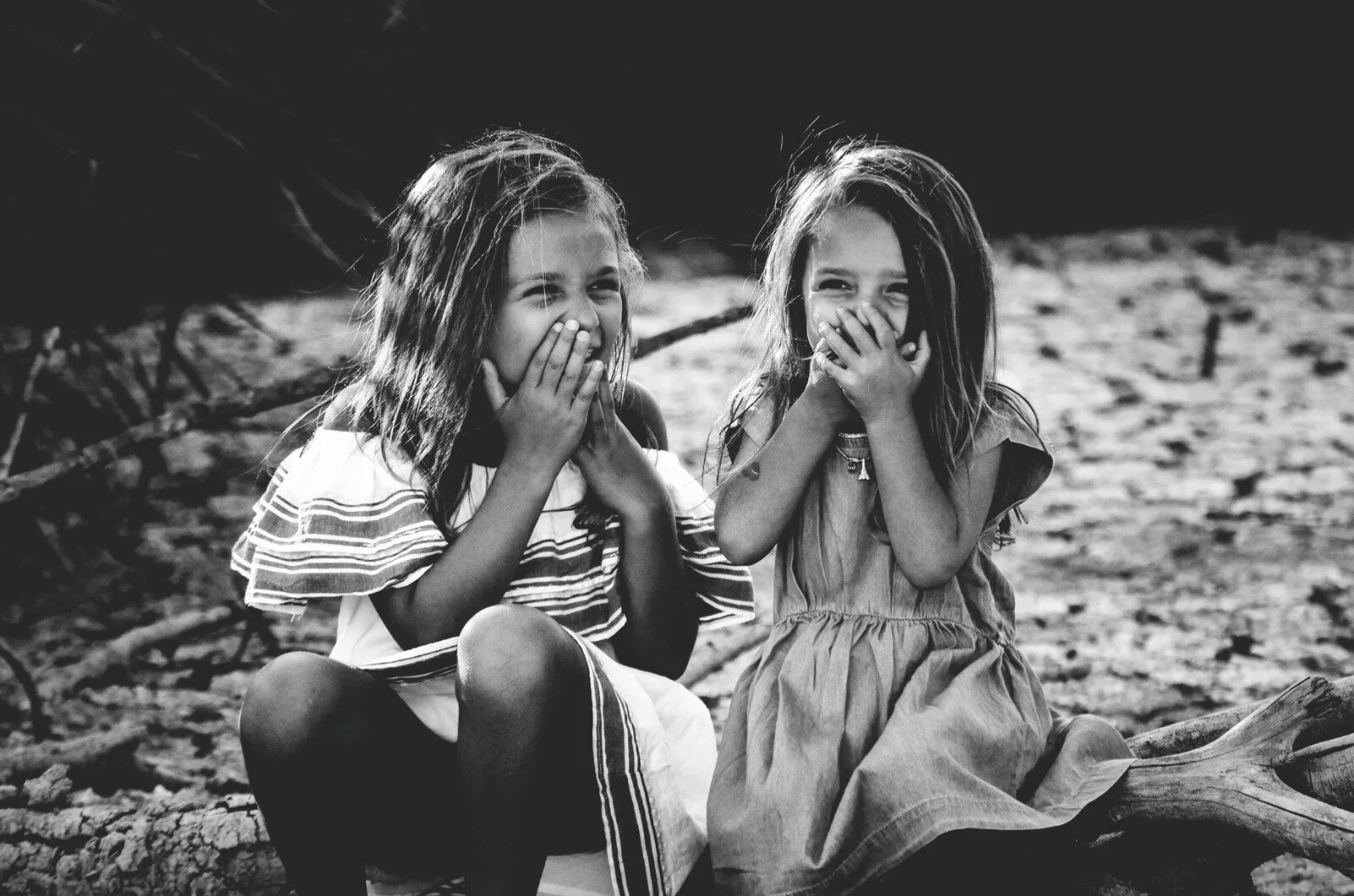Back to School Yoga - What Pandemic Kids Need Now
The pandemic has been a notoriously hard knock on children’s mental health. Isolation, family stress, sickness, and loss have all been markers of the pandemic that have had a strain on kids beyond what is manageable. According to a resilience researcher, only one in five kids have received enough support dealing with pandemic stress. In my work as a children’s yoga teacher, I’ve seen this with my own eyes.
In the spring of 2021, I went to teach my first post-pandemic yoga class in about a year. The class coordinator had asked for yoga because the children had been identified as having high social-emotional needs. By the second class, the zany kid-behaviour of this group was unrivalled. I have taught around a thousand kids yoga classes and have never seen anything like this. Most kids love to talk (ask any elementary teacher!) but this group was chattier than any I have worked with. It was clear that they needed attention. The desire for attention is a natural and healthy human need, and when we don’t get it, we often look for it by pushing boundaries. On the third day, a student called Nadia was trying and failing to distract me many times. “Miri,” she finally said, “I can see your cleavage.” A shocking statement from the mouth of an eight year old, but shocking me for some attention was the point.
“These pandemic kiddos need something a little different,” I thought.
Social-Emotional Learning to the Rescue!
Social-Emotional Learning (SEL) refers to tools to help manage being a human on this planet, with a hard-to-manage body and mind, bumping into other humans in the same situation. There are many ways that yoga and SEL can work together. Here is an outline of how SEL can help support kids, and examples of ways to bring them into yoga classes for kids.
Self-Awareness
At a recent kids’ yoga teacher, a teacher-in-training asked what to do if a child is having trouble managing “Big Feelings”. I have been to many trainings where people ask something similar. Most times the trainer replies, “This is not a problem in our program. Our program makes kids feel better because kids are having fun, we attend to their needs, help them feel successful, etc.”
Look, those features are great. They can benefit children a lot. But...the claim isn’t realistic.
It’s setting rookie teachers up for failure. Humans are humans, kids are kids. We have big feelings. Life is messy and things go wrong.
I jumped in, replying, “Kids will definitely have big, unmanageable feelings! It’s part of being a person. One way of helping is to empathize and let them experience their feelings without fearing them yourself. Then: check in with them a few minutes later. Chances are good they’ll be feeling different. It’s an opportunity for kids to notice how feelings come and go, rise and fall.”
Incorporating SEL into yoga can help kids become aware of their feelings, name them, and learn to watch them come and go. Our support and mentorship can help them learn skills to manage their emotions.
Self-Management
We teach many self-management tools in yoga. Self-management basically just means, what to do when you don’t know what to do. For instance, when I teach belly breathing to my students, I remind them that they can use this breath any time they are feeling sad, angry, lonely or anxious.
It’s a breath that reminds your body that there is no need to panic. Once you’re feeling more calm, you can check in with yourself again… Now do I know what to do? More times than not, the answer is simple. Talk to a friend! Have a snack! Play a game! Once we are feeling calm, the answer becomes obvious.
Social Awareness/Relationship Skills
When kids can connect with each other they feel better, just like grownups do. During the pandemic we’ve had to back away from the use of partner poses in our classes and find other ways to connect the kids. One tool we developed is our original yoga class game, Meet My Yoga Friend! A touchless, physically distanced game to connect students in yoga classes. Please sign up for our e-blast for a free download (and help support our work!)
Responsible Decision Making
At the beginning of each yoga class, I remind my students of the most important rule: Yoga should never hurt. If something hurts, stop! We’ll find a more gentle version. I always ask the students to repeat this rule at the beginning of class.
“Yoga should never hurt!” they chant.
This is one example of how we teach responsible decision-making. This pose is hurting. The result is pain and maybe even injury. I need to do something different.
There are many creative ways to bring social-emotional learning to kids’ yoga classes in ways that are fun, easy and accessible. What ideas do you have to bring SEL into the lives of the kids YOU know? Please be in touch and let us know!
We are so excited to continue teaching, learning and adapting to the needs of our kid-students to help support them through these challenging times.
originally published on Ecoparent.

